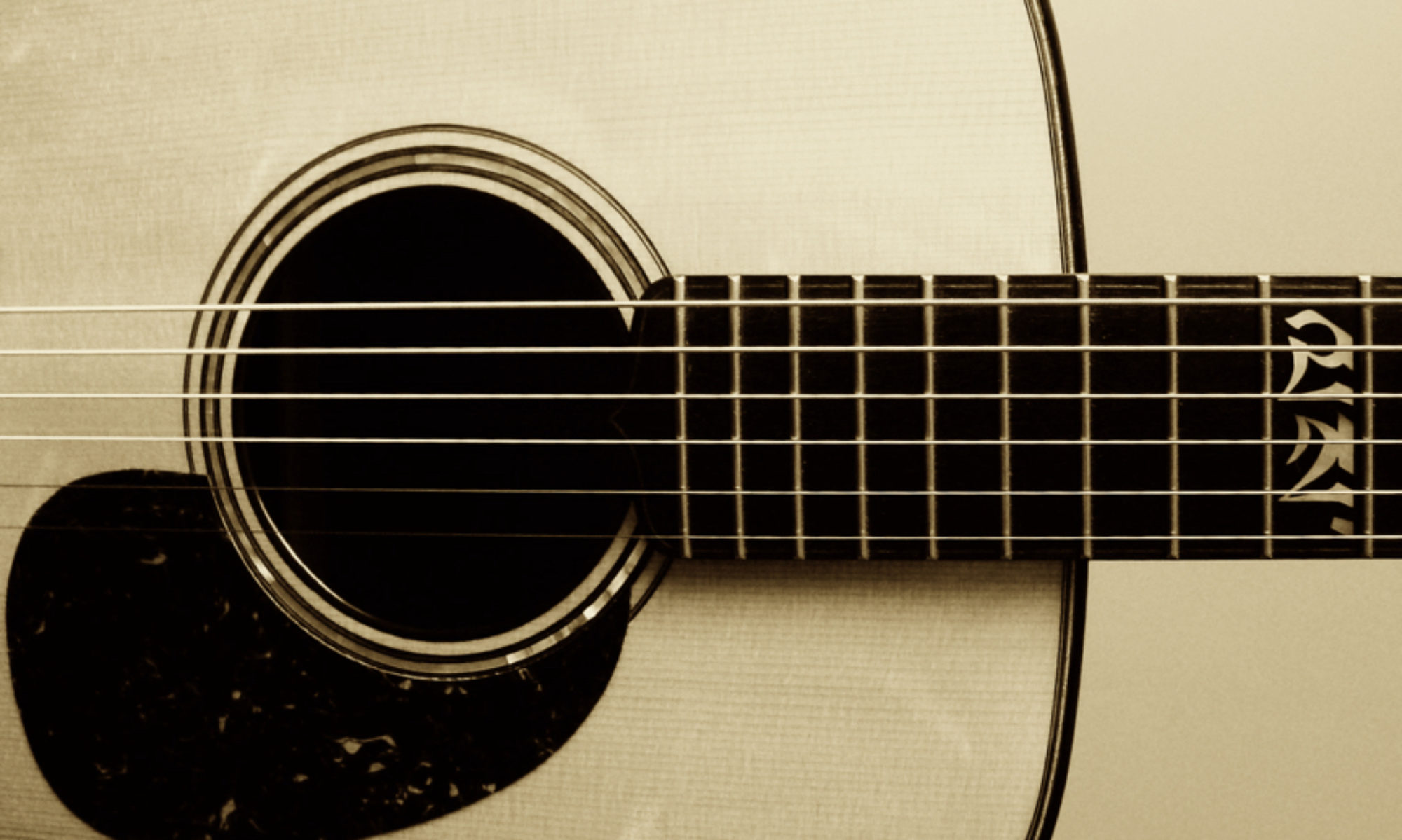Well, I seem to have let this blog go…unblogged?…for quite awhile now. That’s not an indication that I’ve eased up on any of these pursuits. I just eased up on the writing.
The lessons continue to go well. I feel that John and I have gotten into a good groove now. My ability to articulate my notions of what I’m doing and what I want to do has improved, and therefore so has his direction of my path from here to there. I’ve also gotten something of a handle on how much material I can cover in a two-week period, so we’ve streamlined our lesson time to some degree.
Practice sessions generally continue to go well. I know time behind the box is the biggest key to success, and with the ongoing daily rountine I definitely continue to see improvements in my technique. On alternate Mondays, though, my brain does go into a bit of a meltdown. I suppose because I’ve been so long removed from a classroom or teacher/student setting, there is a bit of what I can only call “test anxiety” that sets in during my final practice session before a new lesson. Of course there is no testing involved, at least in any formal sense. But for some reason, on those particular Mondays my perspective shifts from what I’ve accomplished to how far there is to go. But then the next day the lesson goes well and I bring home another batch of stuff to work on and all is well again.
As for the new guitar, there is no real update except to say that all my initial excitement over this project returned in full force when I recently read that Anita Hammond, a fellow member of the Flatpick-L online community, picked up her new Miller guitar, “Snowflake,” over the Thanksgiving holidays. Her own excitement was infectious and the photos she posted just underscored what a great experience this build is going to be.
It also occurred to me that my guitar should be getting started sometime pretty soon. I believe I read somewhere that Ken said it take him approximately 4 months to build a guitar. He estimated to me during the initial planning that I’d receive mine sometime around April of ‘09. This being the case, my math says it could get underway any time now. Very exciting.
I continue to wonder what I might want for my guitar in terms on inlay. Ken Miller’s wife, Virginia, does wonderful inlay work, and it just somehow seems right that a custom guitar needs customized decoration. But I’m having a tough time coming up with something.
After some contemplation early on I had almost shelved this idea, but at Suzy’s prompting I am again considering sending some photos of Floyd, the bloodhound we lost to a brain tumor in ‘06, to see if Virginia might be able to work from them. Floyd and I had a strong and unique connection, and he had a wonderful countenance that may translate well for this kind of project. And I think “Floyd” would be a great name for a guitar just as it was for Floyd himself.
Taking a different tack altogether, I have long held an interest in Tibetan Buddhist philosophy, and most especially the concept of karma. I had the idea to perhaps find the Tibetan characters for “karma” and have them inlaid at the 12th fret. But in the admittedly limited time I have spent researching it thus far, I haven’t found a definitive source for this information. I don’t want to wind up in the situation you sometimes hear about, where someone has the Chinese character for “Courage” tattooed on their chest only to discover later that they were mislead and it actually says “panties” or something.
And I must also point out that despite how much I’m intrigued by beautiful inlay work, my general less-is-more aesthetic tells me the best inlay could be none at all. I find this to be a completely acceptable —perhaps even preferable— idea, and will be perfectly happy with it if the guitar gets finished before I can settle on an inlay design.
